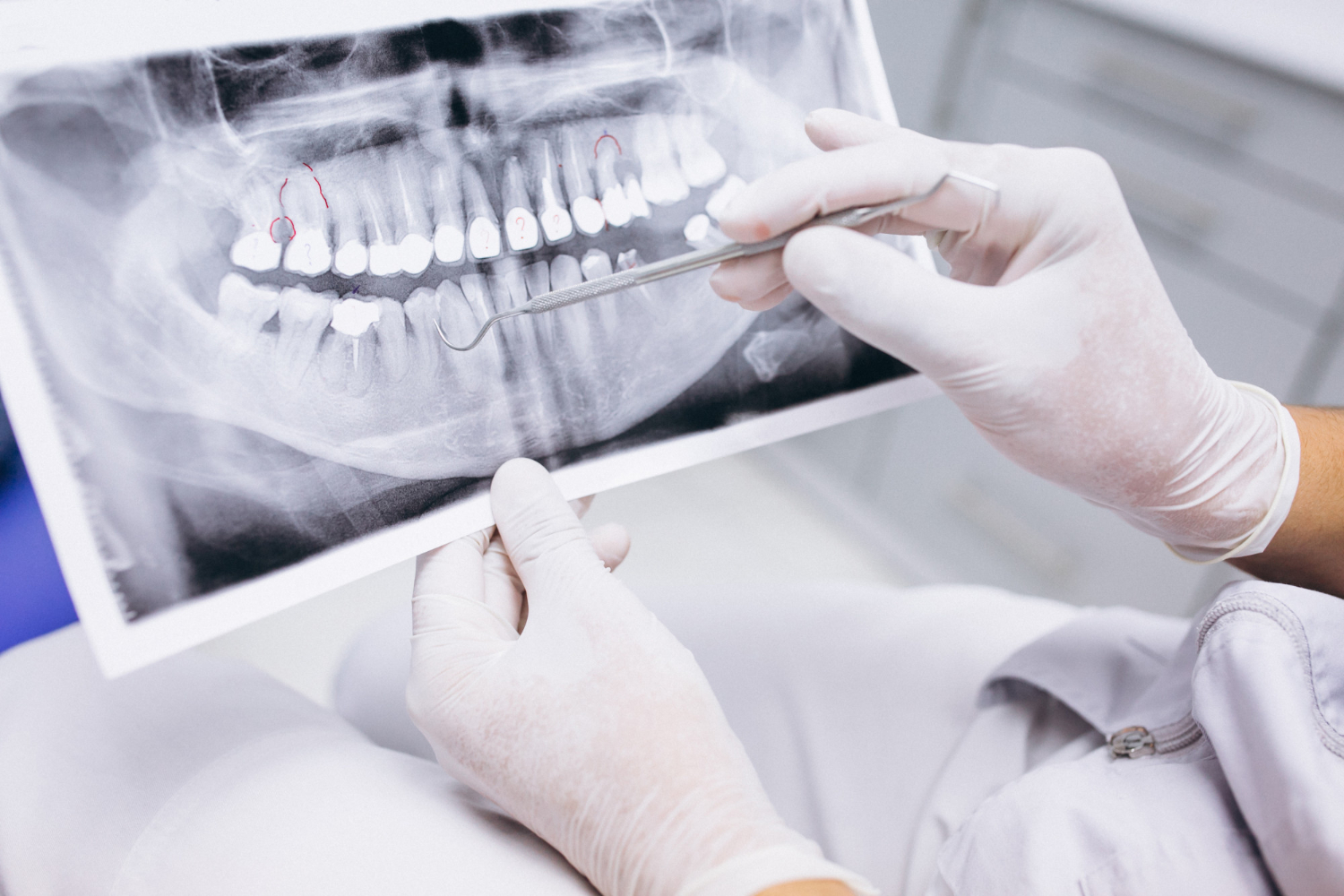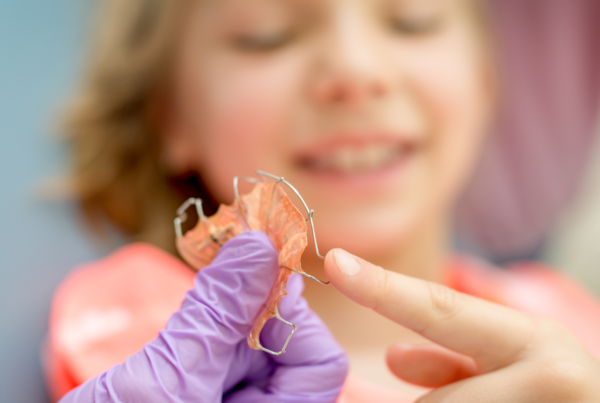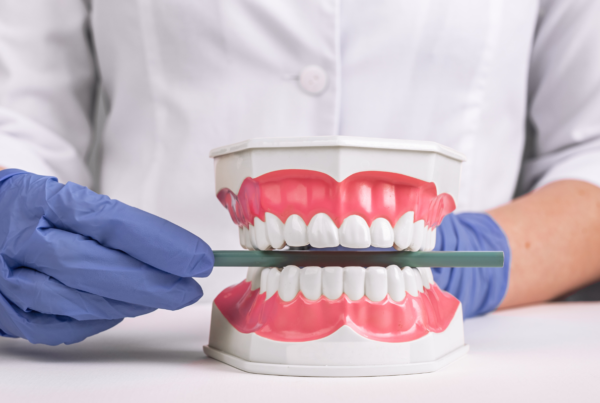What is deep bite and how to fix this malocclusion?

Bite misalignments affect more than just the appearance of your smile or facial profile. They can also impair essential oral functions such as speaking and chewing. So what exactly is a deep bite, and how can this condition be corrected?
What is a deep bite?
A deep bite is a type of malocclusion in which the upper front teeth excessively overlap the lower front teeth. It is also referred to as a closed bite or overbite. While it doesn’t significantly change the facial appearance, its causes are often linked to genetic factors, except in the case of acquired or pseudo-deep bites.
Types of deep bite
There are several types of deep bite based on their characteristics and origin.
- Partial deep bite. In this form, the upper incisors are elongated and cover the lower incisors. Chewing is limited to vertical movements only.
- Pseudo-deep bite. This occurs when the upper part of the face is shortened and the vertical dimension of occlusion is reduced. It often develops due to the loss of teeth, especially during childhood, and is the only type considered an acquired defect.
- Complete deep bite. This type is characterized by a shortened upper jaw and a rolled-out lower lip, which can deepen the labiomental fold. It may also be accompanied by hypertrophy of the jaw muscles responsible for lifting the mandible.
Symptoms of deep bite
Although common, deep bite often goes unnoticed by patients, along with its potential consequences. In a partial deep bite, the facial shape remains unchanged. However, patients may experience increased lip tension and enamel wear on the inner surface of the upper incisors and the outer surface of the lower incisors.
Pseudo-deep bites usually have a good prognosis. If properly treated, they do not affect facial appearance. However, if left untreated, they can cause a noticeable shortening of the upper facial area, resulting in a more square-shaped face.
In the case of complete deep bite, the masseter muscles become enlarged, contributing to the upward movement of the mandible. This can also lead to a more angular or square facial contour.
READ MORE: RELAXATION SPLINT
Deep bite treatment
Satisfactory treatment outcomes are most often achieved in children with pseudo-deep bite. A well-designed dental prosthesis can increase the vertical dimension and support the correct eruption of permanent teeth. This type of therapy is relatively simple and highly effective.
For partial deep bite, treatment focuses on limiting the vertical growth of the anterior part of the upper jaw. In patients with primary teeth, palatal plates are used. In those with mixed dentition, a plate with a bite ramp may be applied.
Another common method for correcting a deep bite involves elongating the posterior teeth to open the bite. However, the duration of this treatment is difficult to estimate, as it depends on the individual case.
Orthodontic treatment with braces is also a standard recommendation. Such therapy typically takes around two years. In adults, treatment with braces tends to be longer because certain changes in the dental structure are already established and harder to reverse. The type of appliance required depends on the diagnosis, which must be assessed by a dentist. Orthodontic devices used to correct a deep bite vary depending on the type and severity of the condition.
The cost of treatment can range from several hundred zlotys for removable aligners to as much as three thousand five hundred zlotys for a fixed brace on a single arch. The best treatment outcomes are usually seen in children.





